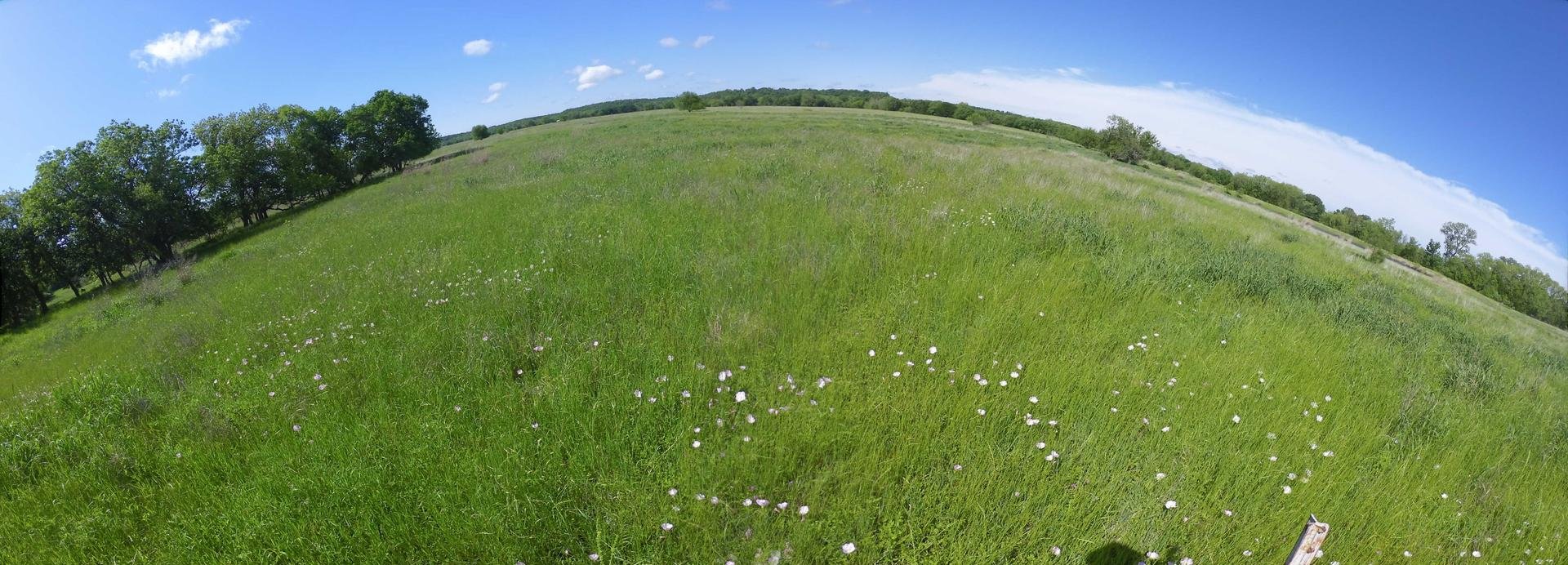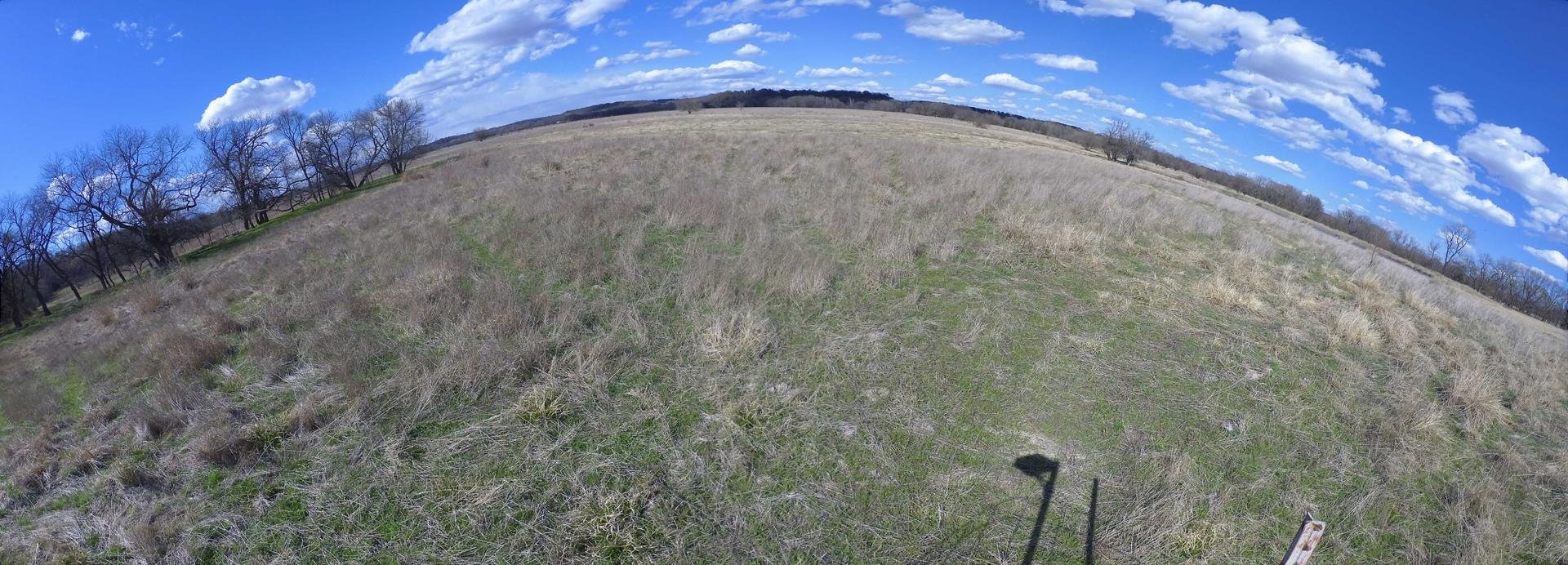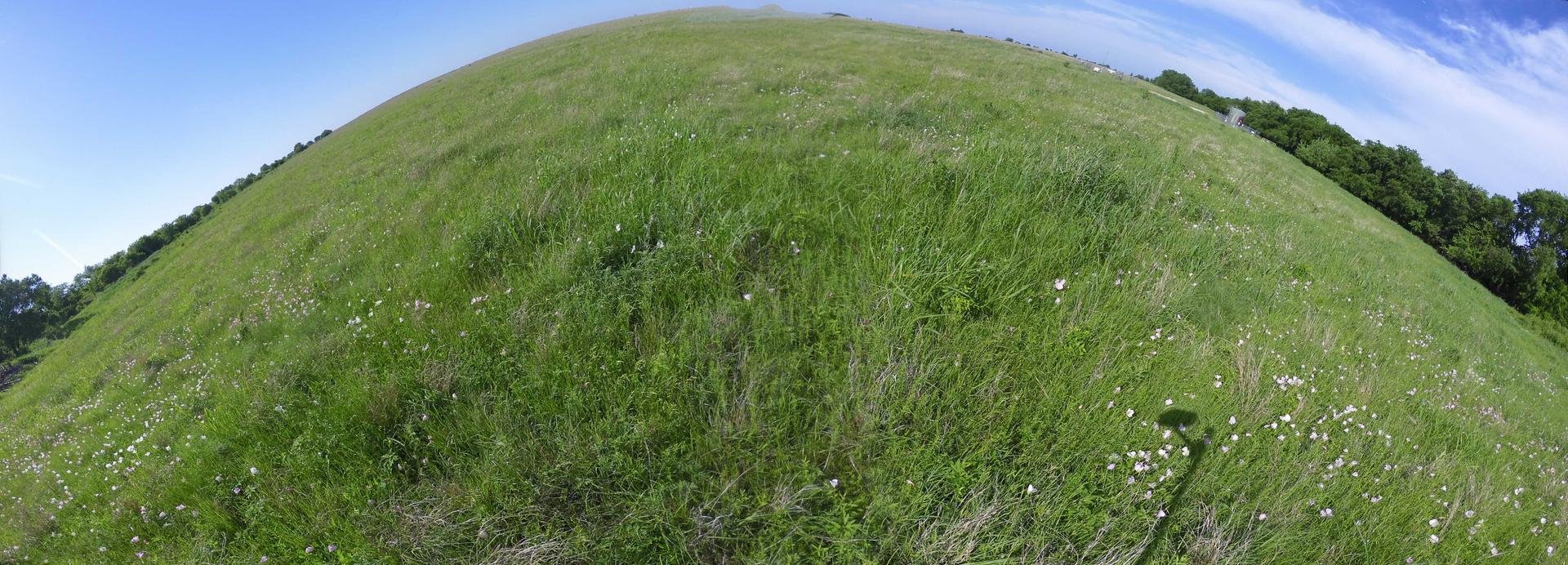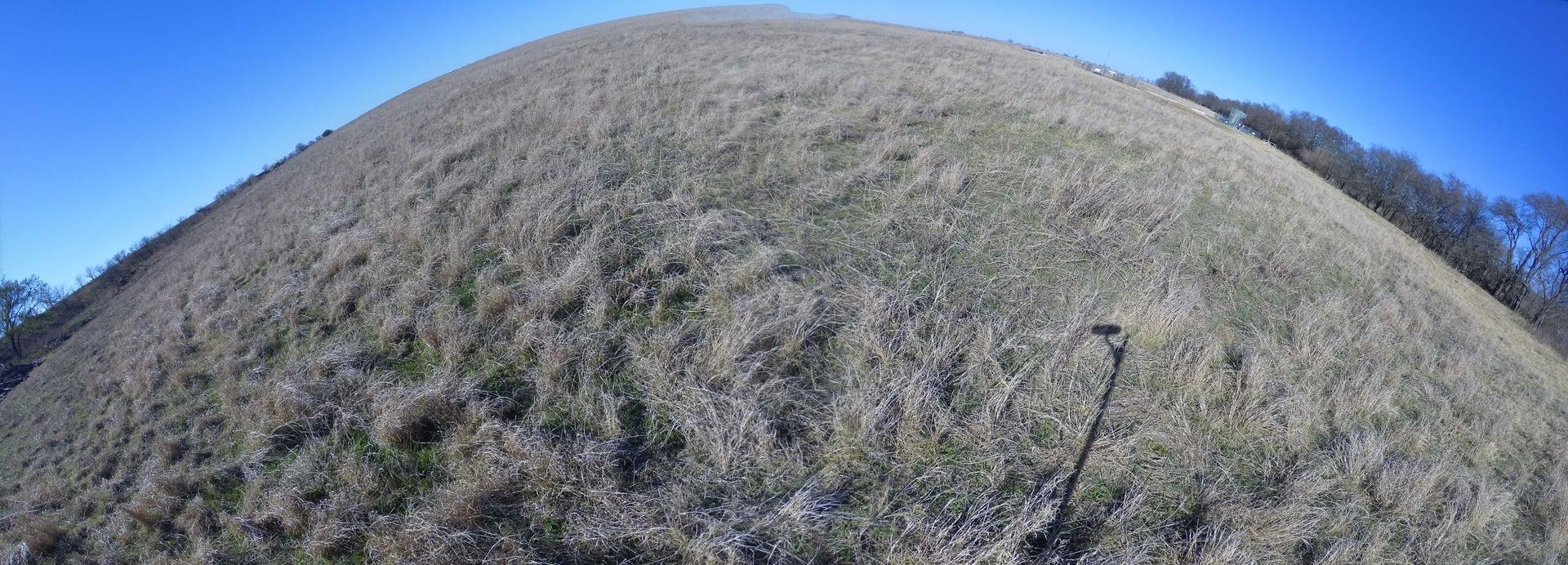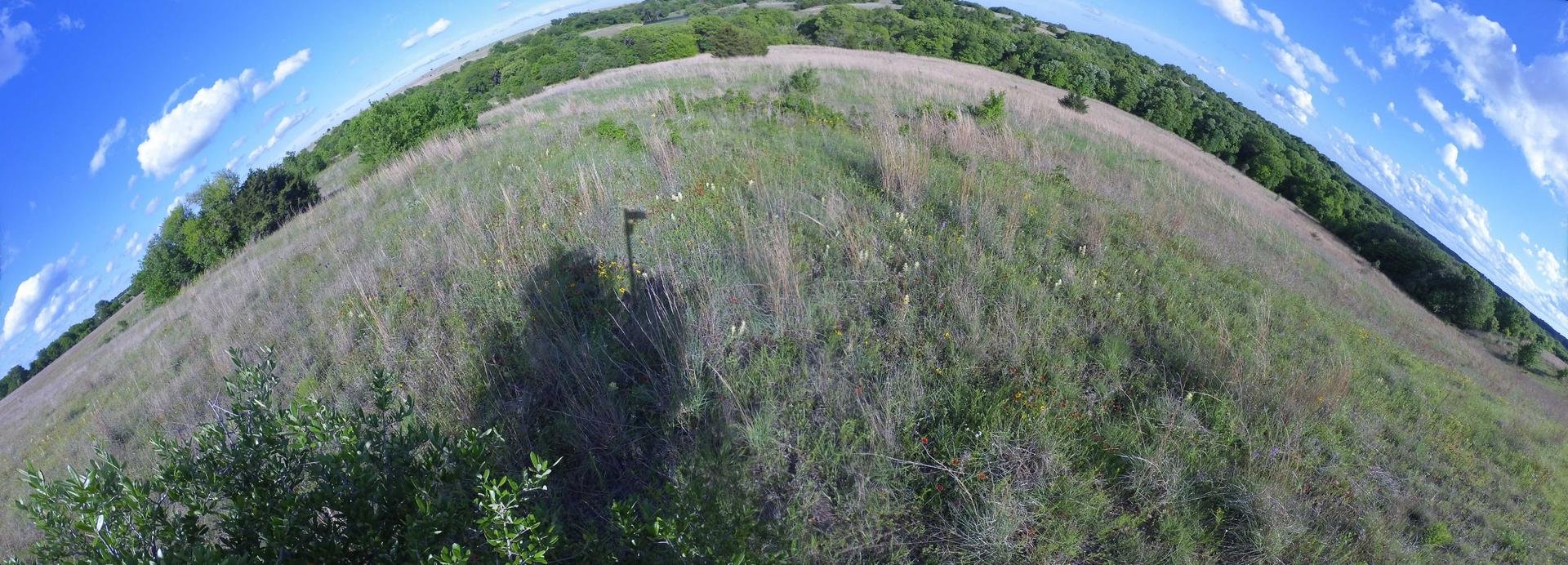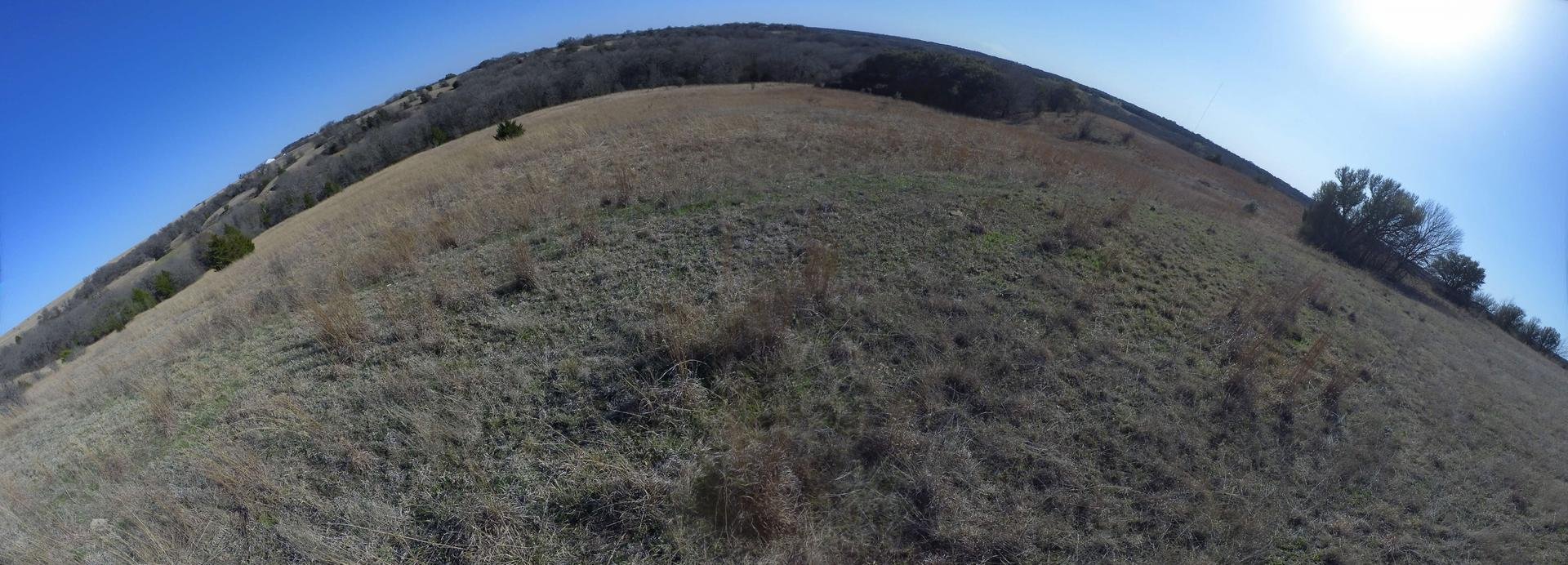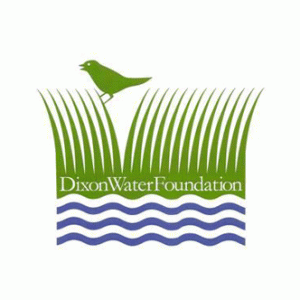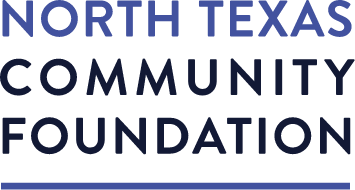People Powered Conservation
Community science is a powerful way to incorporate the public into the scientific process. At BRIT we are developing a phenologically-informed conservation program for which community science will play a big part in helping our team analyze large historic, contemporary, and long-term datasets.
Phenological data, gathered from historic specimens in herbaria, iNaturalist observations collected by community members, and long-term ecological monitoring systems such as phenological cameras, are incredibly important because they provide conservationists with the power to predict and monitor which species may be most vulnerable to climate change.
Conserving Prairies on Texas Rangelands: Tech and community-driven approaches to applying phenological data for more resilient prairie management on working lands
Our first pilot study putting community science into practice will attempt to use long-term phenological cameras to monitor the phenology of Fort Worth prairie plant communities growing on working lands. By collaborating with ranchers to enhance their prescribed grazing practices, we can improve prairie restoration on these lands, while improving ranching outcomes. Community scientists will be a vital part in processing the images from these phenological cameras and helping us fill in our monitoring database that ranchers can access and use as a decision-making tool regarding the life cycles and phenology of species they’d like to target for conservation on their land.
Participating Ranches:
Dixon Water Foundation (March to May)
C7 Ranch (March to May)
G Bar C Ranch (March to May)
Funding for this project is generously provided by:
Community science research approaches also provide unique public engagement opportunities that give community members a chance to become emotionally invested in scientific and conservation outcomes. Community science can also bolster the work of researchers by allowing them to crowdsource simple research tasks, allowing them to pursue larger datasets.
At BRIT, I am working to incorporate community science elements into much of our conservation research program, simultaneously enhancing our research outputs while improving our relationship with our North Texas community!


